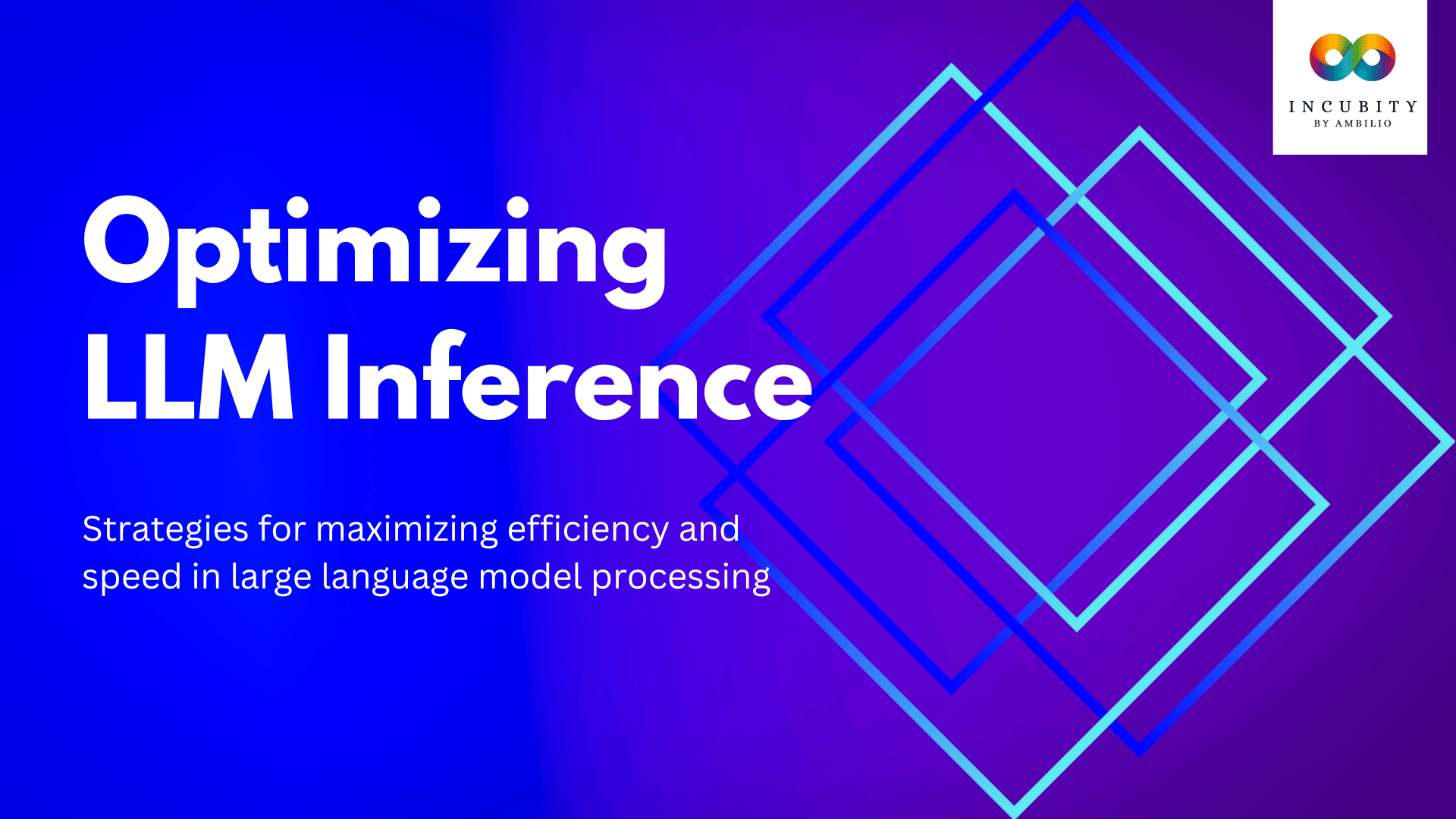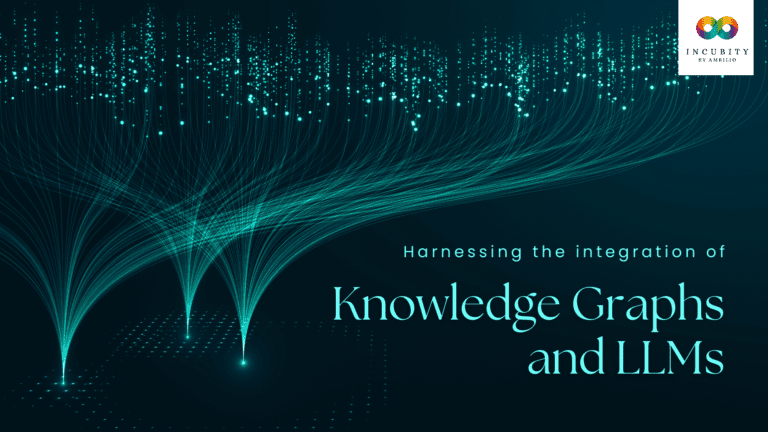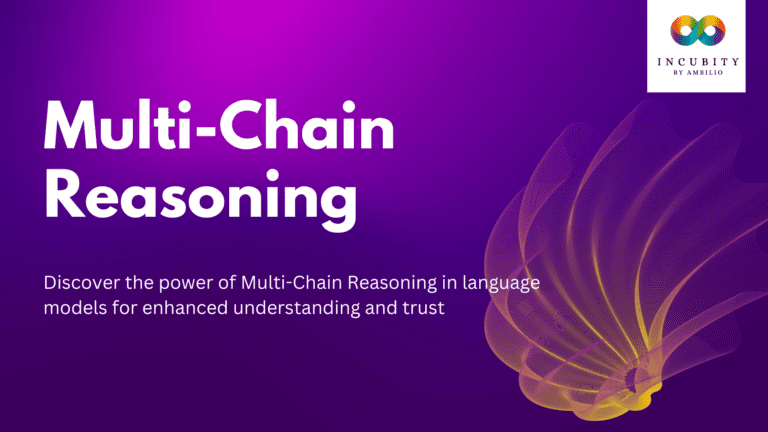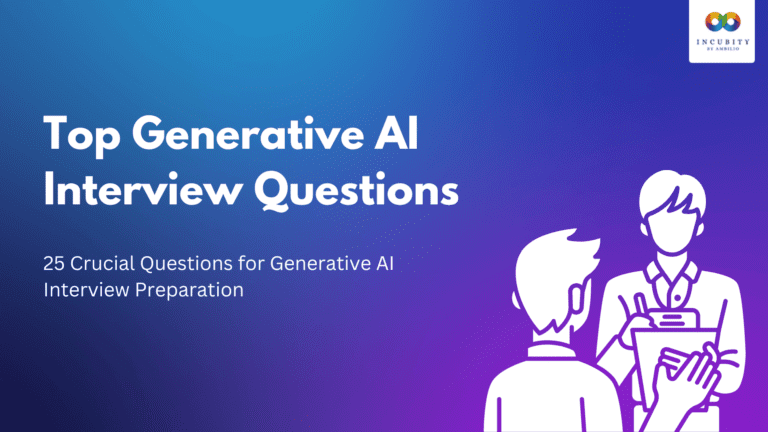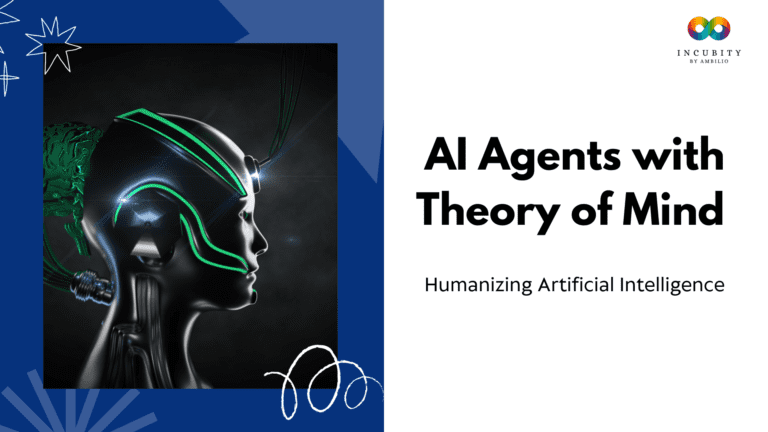In recent years, Large Language Models (LLMs) have transformed the landscape of natural language processing, empowering applications like text generation, translation, and question answering. However, harnessing their potential in real-world scenarios demands optimizing LLM inference for efficiency. This guide aims to explore various strategies and techniques to streamline LLM inference, ensuring swift and resource-effective performance without compromising accuracy. Lets delve into a detailed guide on how to optimize LLM inference.
Understanding the Challenges
Large Language Models (LLMs) confront significant computational hurdles during inference due to their vast parameter counts, which can reach billions or even trillions. Each inference task necessitates extensive computations, straining hardware resources. Furthermore, the immense size of LLMs often exceeds the memory capacities of individual devices, requiring distribution across multiple devices, leading to complexity and latency issues. Real-time applications, in particular, demand swift responses, underscoring the need to optimize inference speed.
Top Challenges
- Vast Parameter Counts: LLMs contain billions or trillions of parameters, leading to intensive computations during inference.
- Strain on Hardware Resources: Each inference task exerts significant strain on hardware resources due to the extensive computations involved.
- Memory Constraints: The sheer size of LLMs often surpasses the memory capacities of individual devices, necessitating distribution across multiple devices.
- Complexity and Latency: Distributing LLMs across multiple devices introduces complexity and latency issues, impacting real-time applications.
- Optimization Imperative: Real-time applications emphasize the importance of optimizing inference speed to ensure prompt responses.
Techniques to Optimize LLM Inference
Here are the key techniques for optimizing LLMs inferences.
- Model Pruning and Compression
- Pruning: Identifying and removing redundant or insignificant connections within the LLM can significantly reduce the number of parameters, thereby lowering computational demands.
- Compression: Techniques like quantization reduce the precision of weights and activations, resulting in decreased storage and computational requirements while maintaining acceptable accuracy.
- Knowledge Distillation: Transferring knowledge from a larger, more complex model (teacher) to a smaller, faster one (student) enables efficient inference while preserving performance.
- Hardware Acceleration:
- GPUs and TPUs: Graphics Processing Units (GPUs) and Tensor Processing Units (TPUs) offer specialized hardware optimized for parallel processing, drastically speeding up LLM inference.
- Cloud Infrastructures: Cloud platforms provide access to powerful hardware resources, allowing for seamless scaling of inference performance based on demand.
- Software Optimization:
- Batching: Processing multiple inputs simultaneously maximizes the utilization of GPU and TPU capabilities, enhancing throughput for specific use cases.
- Operator Fusion: By combining consecutive computational steps into single operations, data movement is minimized, leading to improved performance.
- Code Optimization: Refining the underlying code used for inference reduces unnecessary computations and memory accesses, further enhancing efficiency.
- Architectural Optimizations:
- Efficient Attention Mechanisms: Exploring alternative attention mechanisms like sparse transformers can reduce computational overhead in attention layers, a major bottleneck in LLMs.
- Dynamic Routing: Adaptive routing of inputs through specific model sub-paths based on context can enhance efficiency by focusing computations on relevant parts of the model.
Trade-offs and Considerations
While each optimization technique offers advantages, it’s crucial to consider potential trade-offs. For example, quantization may introduce slight accuracy loss, while pruning could affect specific language tasks. Therefore, choosing the optimal combination of techniques requires careful evaluation based on the specific use case and the desired balance between performance and accuracy.
The Future of LLM Inference
The field of LLM optimization is dynamic, with ongoing research exploring novel strategies and techniques. Promising areas of development include specialized hardware tailored for LLM processing, efficient architectural designs optimized for inference, and adaptive optimization methods that dynamically adjust based on input characteristics and available resources. As research progresses and hardware capabilities advance, the future holds tremendous potential for even more efficient and performant LLM inference methods, paving the way for widespread adoption and innovative applications.
Final Words
Optimizing LLM inference is imperative for unleashing the full potential of these powerful language models. By comprehensively understanding the challenges and leveraging a diverse range of optimization techniques, developers can achieve significant improvements in speed, resource utilization, and cost-effectiveness. As advancements in LLM optimization continue to unfold, the opportunities for transformative applications across diverse domains are limitless, ushering in a new era of efficiency and innovation in natural language processing.

